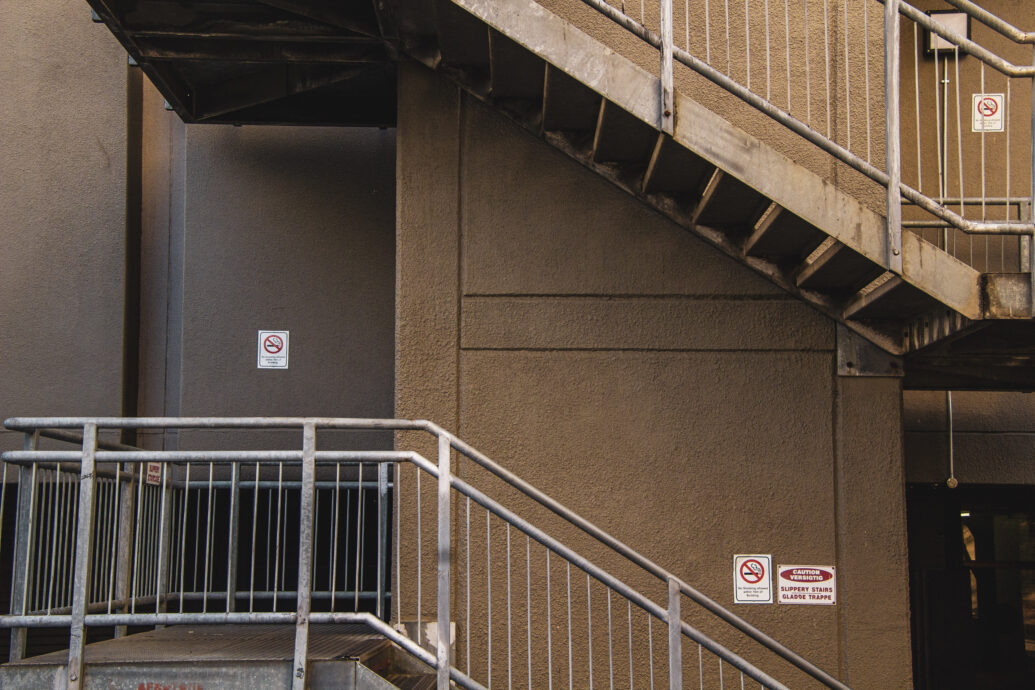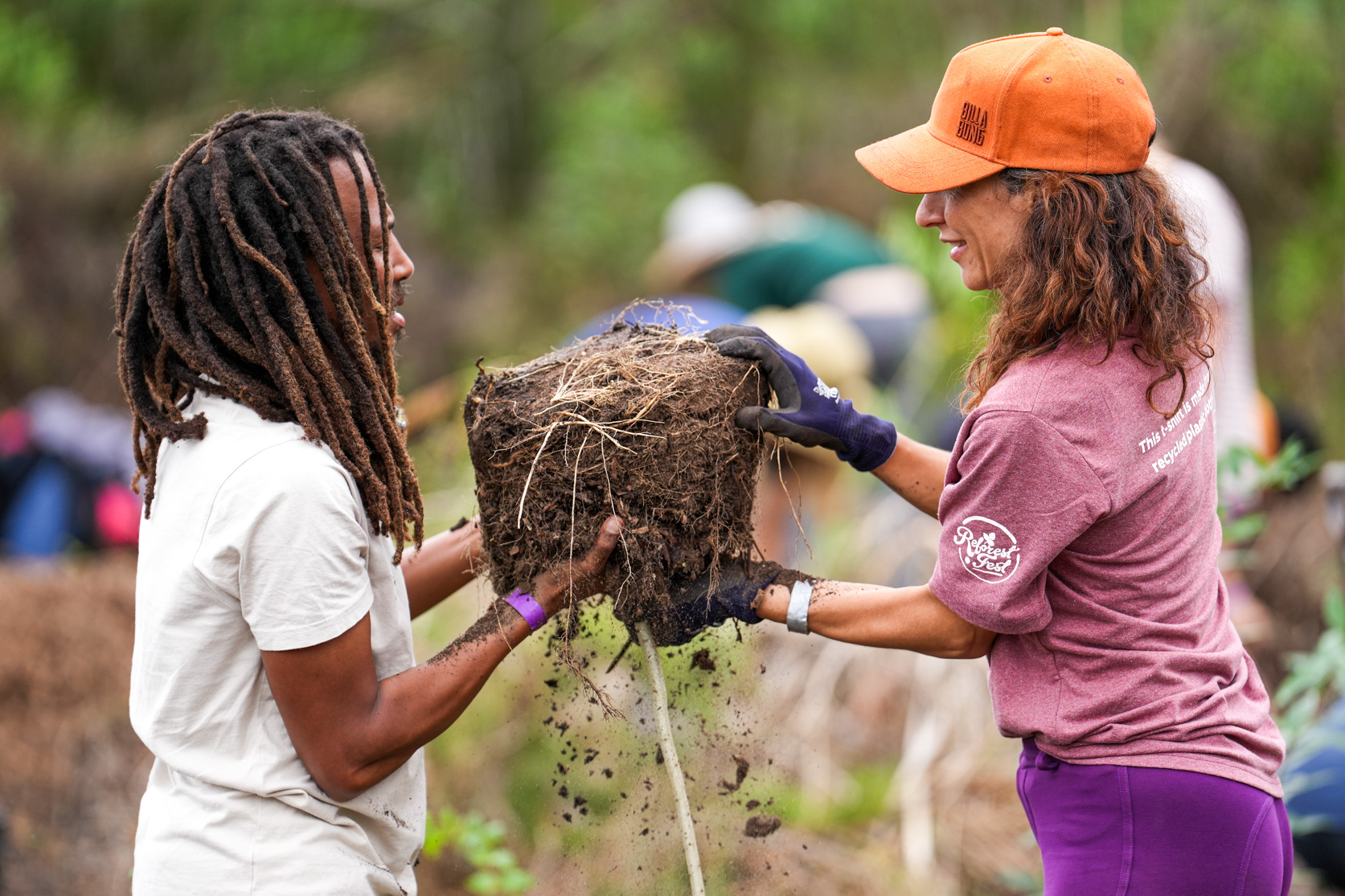
The Disability Unit (DU), in conjunction with Stellenbosch University (SU), will be revising the disability accessibility policy this year. As an effort to make the voices of the students affected most heard, the Students for Law and Social Justice (SLSJ) recently ran a public participation initiative, in which the policy was discussed and recommendations were made for the DU to consider. The need for such an initiative raises questions about the need to review the policy in the first place, as well as the general experiences of disabled students around campus, that many feel need to be addressed.
The SLSJ team, made up of both disabled and non-disabled students, discussed and provided commentary on various aspects of the current policy. The treasurer of the SLSJ, who wishes to remain anonymous, stated that the team “provided public commentary on where [they] would like there to be change.” While it has been emphasised that the team is not able to implement any changes within the policy, they have been working to provide the DU with the context of students on campus. The recommendations and concerns of the participants will be compiled and given to the DU and university governance to consider during the review process.
As stated on page 8, section 5.1 of the current policy, “[The] policy defines important concepts regarded as essential to developing SU as a universally accessible institution of higher education for people with disabilities.” The university actively advertises and promotes itself as an inclusive institution, but the experiences of disabled students on campus indicate that this may not always be the case. The general nature of all that was discussed by the SLSJ initiative is at the moment entirely confidential, out of respect towards the students involved and the sensitivity of the subject. However, two members of the team, first-year students, Cristen Koegelenberg and Aleeza Steyn, had no qualms towards sharing their personal experiences as wheelchair users at SU so far.
It appears that one of the biggest problems at the moment is accessibility regarding mobility and the maintenance of current facilities.
An incident occurred recently in the Neelsie Student Centre, in which Koegelenberg got stuck while using the centre’s chair lift to attend a meeting on the top floor. When she had tried to use it to attend a meeting the day before, no one with her was able to find the remote to operate the chair. The next day the remote had been found, but Koegelenberg stated that the security officers in charge of assisting her were unsure how to use it. The chair worked going up, but when she attempted to come down, the chair stopped mid descent. She ultimately had to be carried down the stairs, due to an inability to fix the chair at that moment and a lack of prior servicing. A similar experience happened to her, again in the Neelsie, when the wheelchair accessible lift stopped working, and again, she had to be carried down the stairs, an experience that she described as embarrassing.
Both Koegelenberg and Steyn had stories to tell about their experiences with lectures being impacted, due to a lack of accommodation within the lecture halls and an inaccessibility to simply get into the classroom. “I couldn’t attend my tut because I couldn’t fit into the classroom,” stated Steyn as she recounted not being able to fit her wheelchair through the door of the room that was too close to the benches screwed into the floor. This is one of several incidents, some of the others including ramps that are too steep to use, out of service lifts in faculty buildings and desks not being made available for disabled students in some lecture halls.
Steyn mentioned that all disabled students have to specify that they are disabled when applying to the university, so, the university being made aware of that but then not accommodating those needs in the classroom does not make sense.
She stated, “You would think because you are already labelled as someone with a disability, as a student, they wouldn’t place you in classrooms you don’t fit into or put you in exam rooms you don’t fit into.”
This brings into question the level of thought put into the design of facilities that are considered accessible around campus. If a ramp leads up to a classroom, but the student does not have a desk to sit at once they are in the classroom, if the student cannot even fit through the door, then is that building accessible?
This is seen prominently in one of the main lecture halls in the Arts and Social Sciences building, lecture hall 230. Both Koegelenberg and Steyn have recounted finding able bodied people sitting in the disabled seating area, because the space is not clearly indicated as such. Both have constantly had to ask the people sitting there to move.
Steyn described it as “[feeling] like you have to fight for your place to be there”. Once students get their place to sit at, the problem is not over. Koegelenberg described the difficulty in engaging with the lecture due to a flaw in design; there are railings right in front of the desks that obscure most of the lecture in front.
However, in a meeting with the DU, Koegelenberg brought up these issues, and the DU has made plans to place bigger signage on the floor to clearly identify the purpose of the area.
In addition to the DU working towards larger signage, after her various meetings with them to discuss other issues she faced on campus, Koegelenberg stated of the DU that, “they will listen to you and they will try to fix it”. Despite the evident accessibility issues prevalent on campus, it is important to note that the DU, and the university by that extension, is working towards implementing change based on what the students have to say.
As stated by Steyn, the biggest aim is to make the university aware of these issues.
“You are also a student in this school, you also have a desk, you also have a seat at the table,” says Steyn.
This is where it becomes important for all students to be made aware of accessibility issues and the changes implemented to solve them. The seating area only becomes fully accessible if able-bodied students respect that and not sit there.
Koegelenberg says, “It’s a mixture of accessibility and how people handle the situation.”
The university and all students on campus have an equal part to play in respecting the needs of disabled students and respecting the facilities put in place to accommodate those needs.
The revision of the policy is still to be done by the DU, taking into account the feedback provided by the SLSJ initiative. According to the treasurer of the SLSJ, the university will be asking for further public comment in upcoming weeks.



